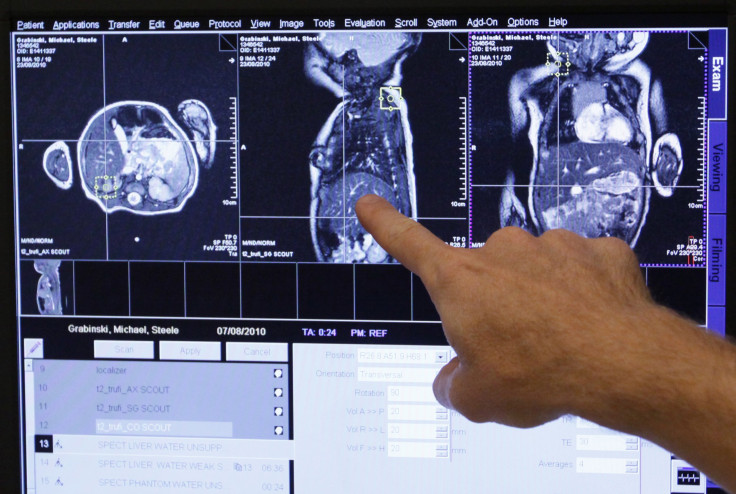New Blood Clot Detection Method With Single Scan Could Save Time, Money: Study

A new method for detecting blood clots will be able to quickly and efficiently find them with a single scan, scientists of the latest findings said in a statement Monday.
Blood clots are potentially deadly that can trigger heart attacks, strokes and other major emergencies. However, current medical techniques can only scan one part of the body at a time to detect these conditions, which could cost precious time and delay treatments. At present, three methods are used to search for clots -- ultrasound to check the carotid arteries or legs, magnetic resonance imaging for the heart and computed tomography for the lungs.
Peter Caravan from the Massachusetts General Hospital described the current methods as a “shot in the dark,” in a press release. Caravan’s team is set to describe its new method at the 250th National Meeting & Exposition of the American Chemical Society (ACS) this week.
“Patients could end up being scanned multiple times by multiple techniques in order to locate a clot,” he added. “We sought a method that could detect blood clots anywhere in the body with a single whole-body scan.”
Caravan’s team used a special kind of peptide that binds to fibrin, which is a type of protein fiber found in blood clots. For the research, they created a probe by attaching a radionuclide to the peptide, which could be detected from anywhere in the body using a scan known as a positron emission tomography (PET). They constructed and tested 15 variants using different radionuclides and peptides.
The researchers analyzed how well the probe bound to, and identified the, fibrin in a test tube, and then conducted tests on rats. "The probes all had a similar affinity to fibrin in vitro, but, in rats, their performances were quite different," Caravan said. "The best probe was the one that was the most stable."
However, the results in humans are yet to be determined. "Of course, the big question is, 'How well will these perform in patients?'" Caravan said. The research team is hoping to begin tests on human patients in the fall, but it could take up to five years of tests before the probe is approved for clinical use.
© Copyright IBTimes 2024. All rights reserved.





















